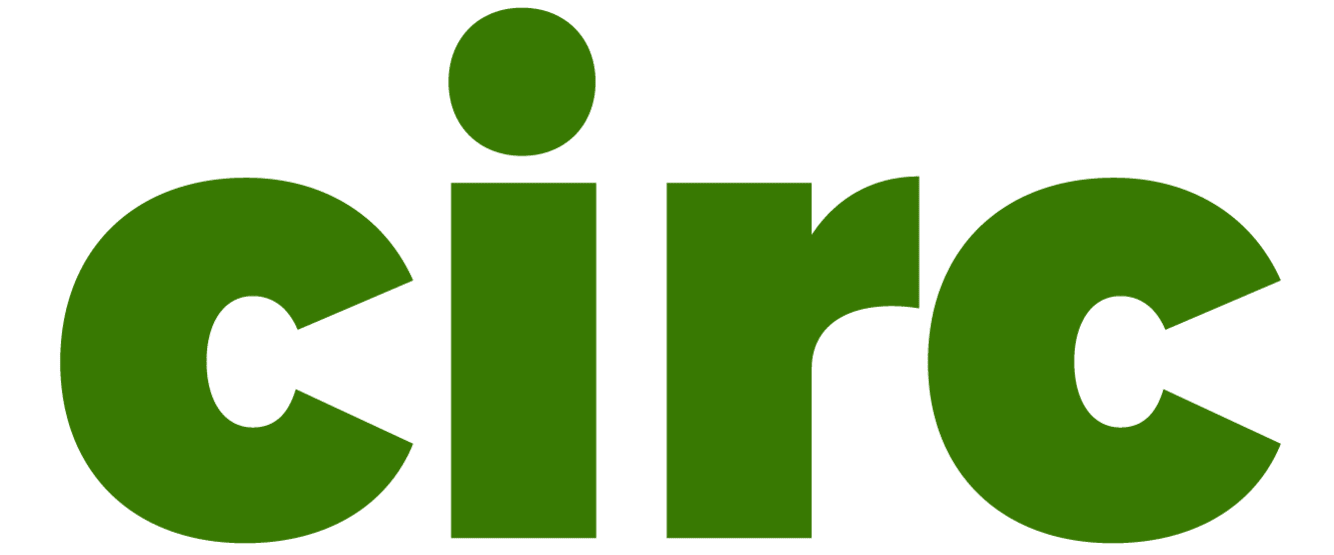Air quality alerts went into effect in 11 states this week, as wildfire smoke from Canada as well as Central California’s Gifford Fire — which has burned nearly 100,000 acres and is just 15 percent contained — spread across the United States. As the planet warms, such blazes are burning more intensely, billowing smoke that can travel thousands of miles. In July, a group of Republican members of congress went so far as to write an official letter of complaint to Canada, arguing that the country’s smoke is making it difficult for Americans to enjoy summer.
But a growing body of research is reinforcing the knowledge that wildfire smoke is much more than an inconvenience — in fact, it’s actually killing far more people than the flames themselves. New research on the fallout of the Palisades and Eaton fires that ravaged Los Angeles in January bears this out. Officially, the conflagrations killed 30 people. But the new study suggests that’s a significant underestimate, because it isn’t factoring in the victims who may have died miles away from the flames, as toxic smoke wafted over the landscape. These researchers estimate the death toll may be closer to 440 — or higher.
That’s “a big difference between what was officially recorded versus what we estimate based on our mortality modeling,” said Andrew C. Stokes, a mortality demographer at the Boston University School of Public Health, coauthor of the research letter describing the findings in the Journal of the American Medical Association. “Los Angeles has a strong death investigation system, and yet it’s still very difficult for the medical examiners and coroners to accurately assign cause of death during a natural disaster.”
The researchers found the additional deaths by looking at mortality data from the National Center for Health Statistics at the Centers for Disease Control and Prevention. From this they could see how many people died in Los Angeles County in 2018, 2019, and 2024 — that is, how many Angelenos typically pass away in a given year. (They skipped 2020 through 2023, because those years were not typical, given deaths from the Covid-19 pandemic.)
The Palisades and Eaton fires raged throughout January, so the researchers looked at data from January 5 to February 1, 2025. Based on prior years, 5,931 deaths would be expected in the county during this time — but the period actually saw 6,371 deaths. The difference between those figures, 440, suggests that that’s the number of people whose deaths can be attributed to the fires.
Those include not only people directly killed in the blazes, but also those who suffered from abundant smoke pouring over the metropolis. That pollution can exacerbate conditions like heart disease, chronic obstructive pulmonary disease, and asthma. But those deaths were likely attributed to preexisting conditions by medical examiners and coroners, rather than the triggering effects of wildfire smoke inhalation. There may also have been people who died from more indirect effects of the wildfires, like the disruption to health systems or negative impacts on mental health.
“It shows that the flames weren’t the biggest killer,” said Jessica Yu, a research scientist for the Climate and Energy Policy Program at Stanford University who was not involved in the research. “It’s also the smoke.”
Wildfire smoke is a mix of gas, water vapor, and tiny particulate matter, such as tar, carbon, and soot, but it can contain hundreds of harmful chemicals. The smaller the particulate matter, the greater the threat: PM 2.5 particles, which are about a thirtieth the width of a human hair, are small enough to enter the bloodstream. They can cause inflammation, trigger immune responses, and aggravate any number of preexisting health conditions. (As smoke travels through the atmosphere, it also transforms, producing ozone that further irritates the lungs.) Even relatively brief exposure to wildfire smoke can have long-lasting health effects, especially for vulnerable communities that struggle with poor air quality even outside of wildfire season. And because PM 2.5 particles are so small, they can linger unseen in the air long after a fire has ended.
This new tally of 440 deaths may still be an underestimate, and necessarily so. (Previous research has estimated that between 2008 and 2018, wildfire smoke in California was responsible for around 55,000 premature deaths, with an economic impact of over $400 billion.) These researchers only had data between January 5 and February 1, but the impacts may have stretched longer still, especially as cleanup crews worked with the many toxicants left behind as lead pipes, plastics, and everything else in homes, cars, and a built environment went up in smoke or melted.
The study’s data also only covered Los Angeles County, while the smoke could have killed still more people in nearby jurisdictions. “Toxicants do not respect county borders,” Stokes said. “Neighboring counties were likely also deeply affected.”
Toxicants don’t respect international borders, either. The relentless wildfires blazing across Canada have been throwing smoke into northern U.S. states for months now. (That smoke may be even more toxic than usual, as the fires are burning through mining regions, where soils are heavily polluted with lead, mercury, and arsenic.) Canada’s smoke is even traveling clear across the Atlantic Ocean, contaminating the skies above Europe.
What’s needed, Yu says, is a more holistic approach to disaster response. Community HEPA programs could provide air filters to low-income neighborhoods. Advanced planning for fire season within the healthcare system could allow hospitals to allocate surge capacity to affected areas, pre-position mobile medical units, and ramp up telehealth services to ensure people can access care during the crisis.
“Events like this, they’re not necessarily equal-opportunity health risks,” said Yu. “They affect people differently in communities of color and low-income neighborhoods. We must really think about how to prioritize and target some of these healthcare responses.”
While it remains challenging to determine the true death tolls of wildfires, the researchers think their framework can be applied elsewhere. As worsening wildfires continue to expose more people to smoke, further research could give scientists and public health officials a better understanding of the threat.
“We think that we have a generalizable set of tools,” Stokes said. “We have the modeling infrastructure that would allow for us to look at other events and to continue to tease this out.”


